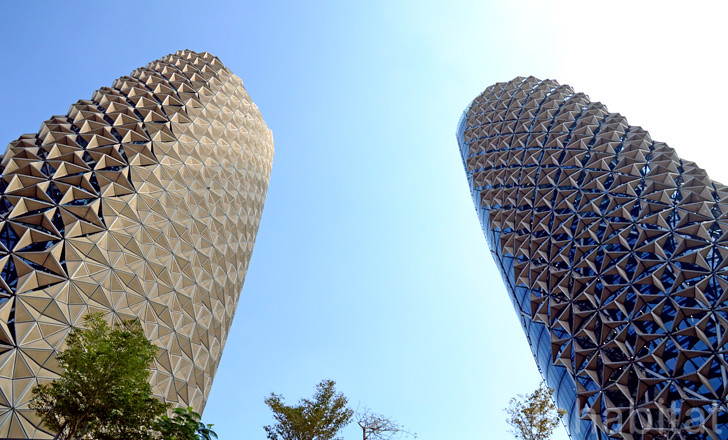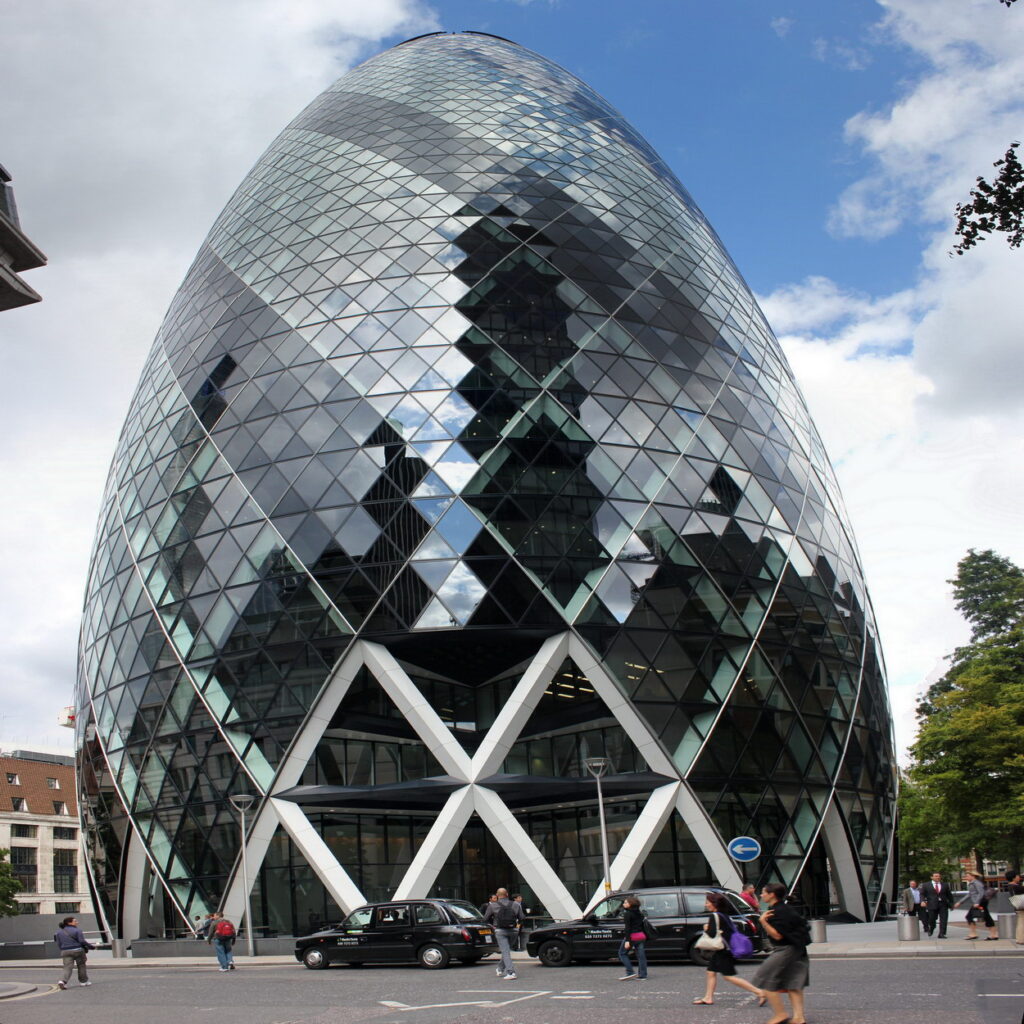Introduction: A New Era of Architecture
Picture this: a building that shifts its shape to catch the morning sun, adjusts its facade to block out heat, or even reconfigures its interior based on who’s inside. Sounds like something out of a sci-fi movie, right? Well, thanks to parametric design, this vision is becoming reality. In this blog post, we’re diving into how adaptive environment futuristic architecture is shaking up the architecture industry, making buildings smarter, greener, and downright cooler than ever before.
So, what’s driving this revolution? Parametric design—a game-changing approach that’s letting architects dream big and build smarter. Let’s unpack what it is, how it’s changing the game, and where it’s taking us next.
What Exactly is Parametric Design?
If you’re new to the term, don’t worry—it’s simpler than it sounds. Parametric design is like handing architects a magic wand. Instead of sketching fixed blueprints, they use software to create models where everything’s connected. Tweak one thing—like the height of a roof—and the whole design adapts instantly. It’s dynamic, flexible, and perfect for crafting adaptive environment futuristic architecture.
Think of it as architecture with a brain. Tools like Grasshopper or Autodesk Revit let designers set rules (or “parameters”)—say, how much sunlight a building should get—and the software figures out the rest. The result? Structures that feel alive, responding to their environment in ways traditional designs never could.
How Parametric Design is Transforming the Architecture Industry
Parametric design isn’t just a fancy trick—it’s rewriting the rulebook for architects. Here’s how it’s making waves:
1. Creativity Without Limits
Ever seen a building that looks like it’s flowing or twisting in ways that defy gravity? That’s parametric design at work. Architects like Zaha Hadid have used it to create jaw-dropping forms—like the Heydar Aliyev Center—that scream futuristic architecture. It’s not just about looking cool; it’s about pushing boundaries and inspiring awe.
2. Smarter, Greener Buildings
Sustainability is a big deal today, and parametric design delivers. By optimizing for sunlight, wind, or material use, it cuts waste and energy costs. Imagine a facade that adjusts to the weather—closing up in the heat, opening for a breeze. That’s an adaptive environment in action, and it’s saving the planet one building at a time.
3. Tailored to You
Why settle for cookie-cutter designs? Parametric tools make customization easy, letting architects tweak every detail for a specific site or client. Whether it’s a home that fits your quirky lot or a skyscraper that vibes with its city, this flexibility is a hallmark of adaptive environment futuristic architecture.
4. Teamwork Makes the Dream Work
This tech isn’t just for architects—it brings engineers, designers, and even clients into the mix. With parametric models, everyone can see how changes ripple through a project, leading to better collaboration and sharper results.
These shifts are turning ideas into reality, creating buildings that don’t just sit there—they respond.
Real-World Examples That Wow
Let’s get concrete (pun intended) with some projects that show off adaptive environment futuristic architecture in action:
Al Bahr Towers, Abu Dhabi
These twin towers have a facade that’s straight out of the future. Using parametric design, their outer layer—modeled after Islamic mashrabiya—opens and closes based on the sun’s position. It slashes heat gain by 50%, proving adaptive environments can be both practical and gorgeous.

Heydar Aliyev Center, Baku
Zaha Hadid’s masterpiece flows like a wave, thanks to parametric modeling. Its curves blend indoor and outdoor spaces seamlessly, creating a futuristic vibe that’s grounded in its cultural roots. This is futuristic architecture at its finest.

The Gherkin, London
Norman Foster’s iconic tower uses parametric principles to optimize ventilation and light. Its spiraling design isn’t just eye-catching—it’s an adaptive environment that keeps energy use low in a busy urban setting.

These projects aren’t just buildings—they’re proof that parametric design is here to stay.
The Challenges: It’s Not All Smooth Sailing
Before we get too starry-eyed, let’s keep it real. Parametric design has its hiccups. The software’s tricky—think steep learning curves and pricey licenses—which can leave smaller firms out in the cold. Plus, there’s a risk of getting lost in the tech, churning out flashy forms that forget about the people inside.
But here’s the good news: as tools get friendlier and more architects jump on board, these hurdles are shrinking. “It’s a steep climb at first,” says architect Sarah Kline, a parametric design pro, “but once you get it, you’re solving problems you didn’t even know you had.”
What’s Next for Adaptive Environment Futuristic Architecture?
Hold onto your hard hats—the future’s wild. Parametric design is just getting started, and it’s poised to take adaptive environment futuristic architecture to new heights. Picture this:
- Real-Time Adaptation: Buildings that shift their layouts or facades based on weather, traffic, or even your mood, thanks to AI and sensors.
- City-Scale Innovation: Entire urban areas designed parametrically for max sustainability—think green roofs and smart grids everywhere.
- Accessible Tools: As software gets cheaper and easier, more architects will join the party, democratizing futuristic design.
The possibilities are endless, and they’re all about making our spaces smarter and more in tune with us and the planet.
Conclusion: The Future is Now
Parametric design isn’t some far-off dream—it’s reshaping the architecture industry right now. By powering adaptive environment futuristic architecture, it’s giving us buildings that adapt, inspire, and sustain. From jaw-dropping designs to eco-friendly solutions, this approach is proof that the future of architecture isn’t static—it’s alive.
What do you think—ready to live in a building that thinks for itself? Drop your thoughts in the comments, and check out our other posts on or for more on where architecture’s headed.
You can also checkout these link for better understanding :- ArchDaily – “Parametric Design: How It’s Changing Architecture” , Parametric Architecture – Educational Resources , Rethinking The Future (RTF) – “Parametric Design: The Future of Architecture”
Other blogs related to Architecture : – Logarithmic Coding for 3D Modeling – An Architect’s Comprehensive Guide , How to Learn Parametric Designing Step by Step
